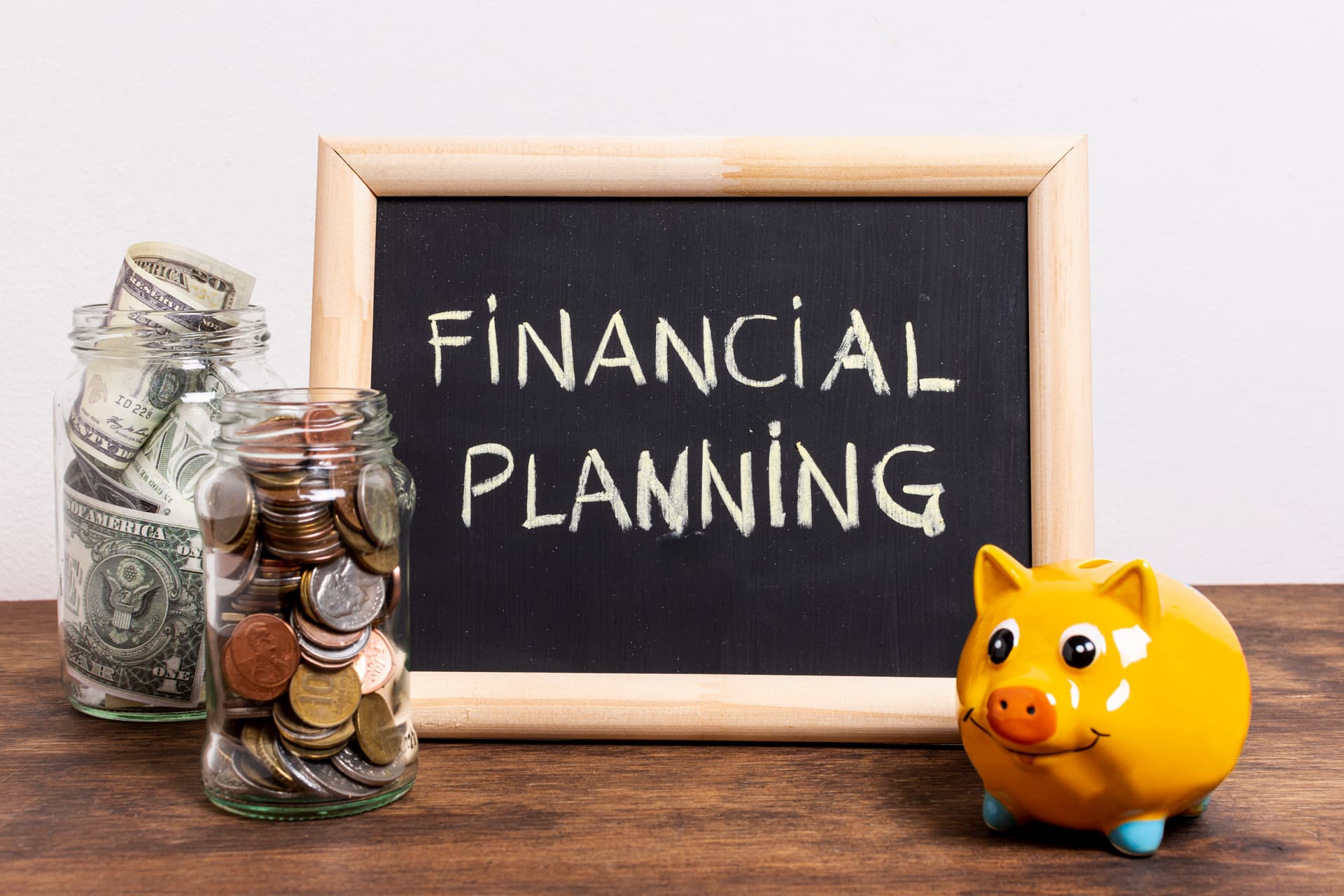I Asked Midjourney to Create AI Art and Ended Up Making $3,000 (Here’s Exactly How I Did It)

Think AI art is just for fun? I turned Midjourney images into $3,000 in online sales — with no art background. Here’s the full story of how I did it.
I Asked Midjourney to Create AI Art and Ended Up Making $3,000 (Here’s Exactly How I Did It)
I didn’t set out to make money with Midjourney.
In fact, when I first tried it, I was just procrastinating on a Sunday afternoon, curious about all the AI art hype on Reddit. I’d seen these hauntingly beautiful portraits and surreal landscapes people were generating, and I remember thinking — “There’s no way this came from a text prompt.”
So I gave it a shot.
I opened Discord, joined the Midjourney server, and typed something random like:
/imagine prompt: dreamy mountains at sunset, pastel sky, soft fog
What appeared just seconds later stunned me.
It was better than anything I could’ve drawn — and I’m not an artist, not even a little bit. The colors blended like watercolors. The light shimmered off the mountain peaks. And the best part? I had made it. Or at least co-created it with AI.
That moment was fun, but something in me asked:
“What if people would actually pay for this?”
From Curiosity to Side Hustle (aka The Etsy Rabbit Hole)
Over the next few days, I got hooked.
Every free moment I had, I was back in Discord typing new prompts, tweaking wording, adding styles like “vaporwave,” “paper cut collage,” “line art,” or “Studio Ghibli style.” The combinations were endless — and often unexpectedly beautiful.
But I wasn’t just creating for fun anymore.
I started searching Etsy and noticed something: digital wall art — the kind people print and hang — was everywhere.
Simple, abstract pieces with boho color palettes.
Inspirational quotes on scenic backgrounds.
Space-themed kids’ room prints.
And guess what? Many of them looked exactly like the stuff I was making.
That night, I opened a new Etsy account and named it something corny like “PixelSoulPrints.” It felt silly, but exciting. I wasn’t sure what I was doing — I just knew I had to try.
Crafting My First Product (and Learning Everything the Hard Way)
It took me a full weekend to create my first product.
I selected three dreamy nature-themed images I’d made in Midjourney and ran them through an AI upscaler so they wouldn’t blur when printed. I used Canva to size them as 4x5, 8x10, and 11x14 inch files — turns out people like having different options for frames.
Then I made a simple listing:
“Set of 3 Dreamy Landscape Prints – Instant Download Wall Art”
I priced it at $6.50. I uploaded preview images, wrote a description that used phrases like “neutral wall decor” and “calming pastel prints,” and crossed my fingers.
For a week? Nothing. Not even views.
Then I realized my title and tags were awful. I hadn’t used the keywords real buyers searched for — I was thinking like an artist, not a customer. So I did what I should’ve done earlier: studied the top-selling digital print shops.
They weren’t using artsy words. They were using search terms like:
- “boho aesthetic printable”
- “Scandinavian nursery wall art”
- “neutral bedroom decor set”
So I changed my listing completely.
Updated the title, rewrote the tags, reworked the thumbnails to look more styled and modern.
And the next day, it happened:
A notification popped up: “You made a sale.”
That First $6.50 Felt Like a Million
I know it sounds dramatic, but that first Etsy sale was emotional.
Not because of the amount — but because a stranger paid me for something I made with words and creativity. It wasn’t client work. It wasn’t my time for dollars. It was digital. Passive. Scalable.
I suddenly saw the path forward.
Over the next month, I created more Midjourney art packs — themed sets like:
- “Minimalist Moon Phases”
- “Retro Floral Posters”
- “Dark Academia Art Prints”
- “Celestial Kids Room Decor”
I bundled 3–5 images per product, priced them between $5–$12, and made sure to use Pinterest to post mockups that linked back to my Etsy shop.
Pinterest turned out to be my secret weapon.
It didn’t cost anything, and people were actively searching for art ideas.
Some of my pins started getting saves and clicks.
Those clicks turned into favorites.
And those favorites slowly turned into more sales.
Scaling Up Without Burning Out
Once I had about 10 products in my shop and 25 total sales, I started thinking long-term.
What if I treated this like a real brand?
So I:
- Designed a simple logo and Etsy banner in Canva
- Added a short, personal “About” story to build trust
- Created product bundles (3 listings for $15)
- Offered occasional 15% off coupons to new customers
I also spent time refining my process. Instead of starting from scratch each time, I created a prompt bank in Notion, saved my best-performing styles, and reused templates.
I’d sit down every weekend, generate 10–20 images in Midjourney, pick the top 5, upscale, mockup, and schedule the listings.
It became a rhythm. A creative little weekend ritual.
And it worked.
Over the next three months, I watched my Etsy dashboard grow:
- First $100: slow, experimental
- Next $500: faster, but still learning
- Final $2,400: came from bundled listings, seasonal themes, and repeat buyers
All from art I created with AI and curated with care.
The Tools That Made It All Work
- Midjourney (AI image generation)
- Upscayl (free upscaler)
- Canva (mockups, Pinterest pins)
- Etsy (selling platform)
- Pinterest (free traffic)
- Notion (organizing prompts)
- ChatGPT (SEO writing help)
So, Can You Make Money with Midjourney?
Absolutely — but here’s what I’ll say after doing it myself:
You don’t need to be an artist.
You don’t need a fancy camera or degree in design.
What you do need is the willingness to learn how to sell something digital.
Midjourney gives you the power to create. But selling that art? That’s about understanding people — what they want to hang in their home, what looks good in a thumbnail, and how to describe it so they click “buy.”
If you're willing to explore that side of it — the business side — you’re already ahead of 90% of casual Midjourney users.
And if you're just getting started with AI in general, check out Make Money with AI Tools and Passive Income No Investment 2025.
Final Thoughts (From One Beginner to Another)
When I started, I was just messing around.
Now? I’ve made over $3,000 selling AI-generated art on the side — no inventory, no packaging, and no face in front of a camera.
It won’t make you rich overnight. But it can give you a real taste of creative freedom and digital income.
So if you’ve been curious about AI art or wondering how to earn with Midjourney, just start. Generate a few images. Mock them up. Upload to Etsy. Share on Pinterest. Learn from the market.
You don’t need permission.
You don’t need to be perfect.
You just need to begin.
Your first sale will change everything.
FAQs
Can I use Midjourney for free to sell art?
Midjourney requires a paid plan to use commercially. The basic plan ($10/month) is more than enough to get started.
Is it legal to sell AI-generated images?
Yes, as long as you're following Midjourney’s license terms and you're not copying or modifying copyrighted content.
What kind of AI art sells best?
Neutral decor (boho, Scandinavian), space/astronomy art, kids' room prints, and seasonal themes like Halloween or Christmas tend to sell well.
Do I need to be a designer to do this?
Not at all. I had no design background — Canva and AI tools made it easy to create pro-level visuals.
How do I get started today?
Sign up for Midjourney, generate a few images, upscale them, use Canva for mockups, and list your first product on Etsy. Just try it.
Hope this story helps you see what’s possible with curiosity, creativity, and AI. Feel free to share this post or drop a comment with your questions!
Related Posts

The 17 Principles of Creating Wealth That Changed My Life (Most People Ignore #5)
Building wealth isn’t just about money — it’s about mindset. These 17 powerful principles helped me go from broke to financially secure, and they can work for anyone willing to try.
Read Full Story
I Built an Emergency Fund From $0 in Just 30 Days — Here’s the Exact Plan I Followed
Broke, stressed, and unprepared — that was me a month ago. But in just 30 days, I went from zero savings to building my first emergency fund. Here’s the simple plan that actually worked.
Read Full Story
🔥 Devs Are Using These AI Tools to Code 10x Faster in 2025 — Why Aren’t You?
From Copilot to Codeium and beyond — discover how devs are shipping 40% faster, writing fewer bugs, and building smarter in 2025 using AI. This guide shows you the best tools, real-world use cases, and how to start right now.
Read Full StoryAdd a Comment
Recent Comments
Loading comments...